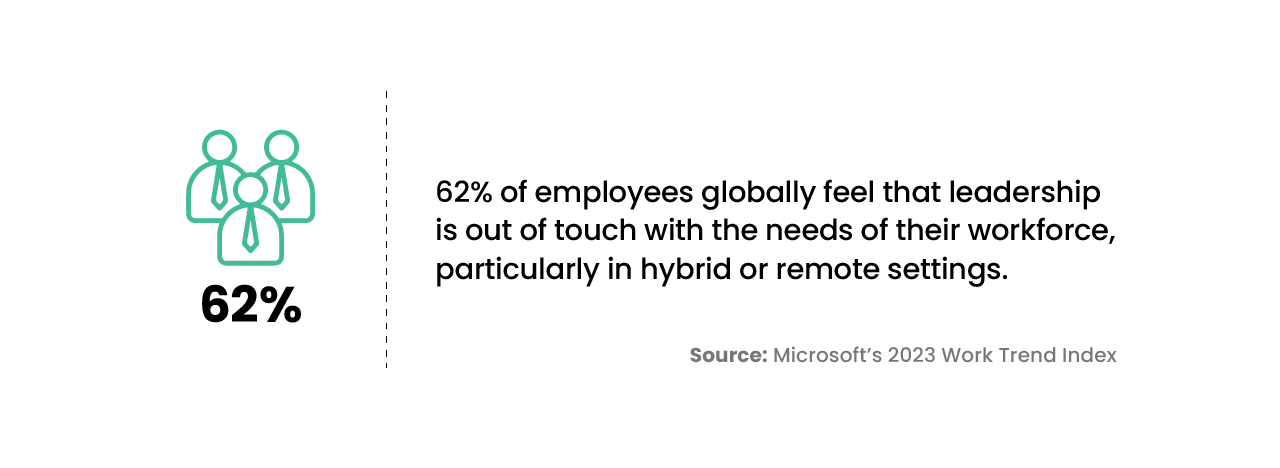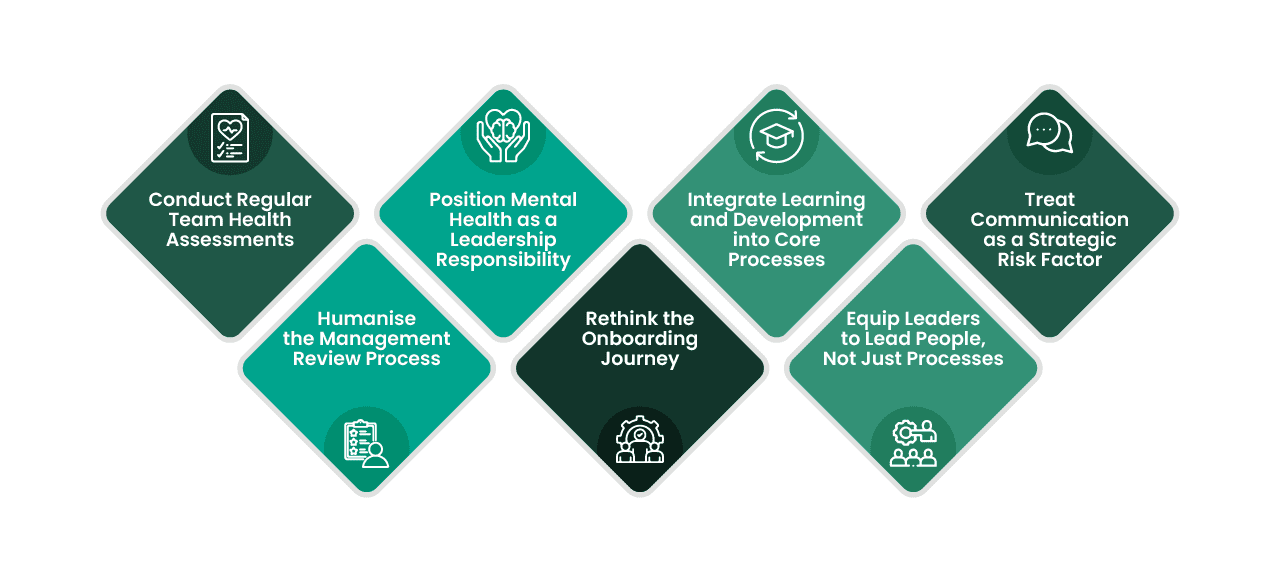Introduction
Teamwork is often hailed as the engine of organisational success. Phrases like “Teamwork makes the dream work” are used frequently in corporate settings to reinforce the value of collaboration. Yet beneath the rhetoric lies a deeper question many organisations fail to ask: “Are our teams truly happy working together?”
The idea of a high-performing team aligned around a common goal is aspirational, but the reality is more complex. Building real teamwork requires more than task allocation, regular meetings, and strong project management. It demands intentional leadership, structured processes, and an evolving understanding of what employees need to remain motivated, connected, and fulfilled.
Research from Gallup reveals that only 23 per cent of employees globally are engaged at work. In sub-Saharan Africa, the figure is even lower. Disengaged employees are not just less productive; they are also more likely to leave, less likely to innovate, and more prone to making critical mistakes.
These figures point to a growing misalignment between leadership expectations and employee experience. When this gap widens, the effects show up not only in team morale but also in performance metrics, customer outcomes, and operational risk. A disengaged team is less resilient, slower to adapt, and more vulnerable to communication,
compliance, and delivery breakdowns. Rather than treating employee wellbeing as an isolated HR issue, it must be integrated into measuring and managing performance. This includes adopting globally recognised frameworks such as ISO 9001 and ISO 27001. Though often viewed as technical or compliance-focused, these standards contain powerful clauses that address leadership, communication, competence, and workplace environment.
This article explores how organisations can build stronger teams by embedding wellbeing into their systems and strategy. It draws from practical experience and international standards to offer a clear path forward. Because true teamwork is not just about cooperation, it is about connection, trust, and the willingness to grow together.
The Illusion of Teamwork in Today’s Workplace
In many organisations, daily meetings, shared workspaces, and collaborative tools can create the impression that effective teamwork is taking place. However, beneath this surface, true collaboration may be lacking. Several indicators often reveal that the narrative of teamwork is not aligned with reality:
- Persistent turnover despite competitive compensation
- Escalating internal conflicts that remain unresolved
- Disproportionate reliance on a few high performers
- Minimal participation or enthusiasm during team engagements
- Employee feedback pointing to disconnection or burnout
These signs suggest that what may appear as teamwork on the outside could be a façade masking deeper organisational challenges. Too often, leadership concentrates on output, believing that if results are achieved, everything is fine. However, employees are not machines. When they feel unheard, overburdened, or undervalued, collaboration suffers, morale declines, and innovation stagnates.
What does true teamwork look like, and why does it matter?
True teamwork is a cornerstone of organisational success and employee wellbeing. It is characterised by:
- Shared purpose where everyone understands the importance of their contribution
- Psychological safety that encourages openness and constructive dialogue
- Balanced workload to prevent burnout and maintain productivity
- Recognition and growth through regular feedback and development opportunities
- Mutual accountability, where team members support and rely on one another
When these elements are present, teams perform better, employees thrive, and organisations are better positioned to achieve lasting results.
Why it Matters to Organisational Performance
A happy team is not a luxury. It is a strategic asset. Gallup research shows that teams with higher engagement levels are 21 per cent more productive and experience 41 per cent lower absenteeism. These teams also demonstrate stronger innovation capacity, greater resilience under pressure, and higher loyalty and retention levels.
Workplace happiness is often misunderstood as a soft or intangible concept. In reality, it is built on measurable drivers such as clarity of purpose, autonomy, fairness, recognition, and a sense of belonging. These factors directly influence how employees show up, contribute, and collaborate. Focusing solely on output is no longer sufficient for sustainable performance. Project milestones and customer satisfaction remain essential, but are not the whole picture. Organisational performance must now include a deliberate focus on internal satisfaction and the experience of work itself.
Leaders must adopt a strategic and systemic approach to well-being. This responsibility does not sit with HR alone. It requires integration across the organisation’s management systems, processes, and performance reviews. When systems are designed with people in mind, teams thrive. When they are not, signs like disengagement, burnout, silos, and declining performance surface quickly. Organisations that embed employee happiness into their operating model are better positioned to adapt, compete, and grow.
Leveraging ISO Standards to Align Performance with People Strategy
Many organisations overlook a critical insight. The same international standards, often viewed as technical frameworks, can also serve as strategic tools for improving team cohesion, employee well-being, and leadership effectiveness.
Frameworks such as ISO 9001 for Quality Management and ISO 27001 for Information Security Management are not just about processes and compliance. They provide structured approaches to leadership, communication, competence development, and workplace environment. These areas are essential for building cultures that enable high performance and employee satisfaction.
When used with the right mindset, these standards can help organisations create systems that deliver consistent results and support trust, psychological safety, and long-term engagement. Rather than treating compliance as a checkbox exercise, leadership teams can apply these frameworks to reinforce values, build alignment, and reduce internal friction.
This is not about turning managers into auditors. It is about recognising that secure and high-quality organisations are built by people who feel supported, empowered, and seen.
Practical Steps for Embedding Wellbeing into Organisational Systems
Translating the concept of employee happiness into measurable impact requires more than intention. It demands structural alignment across leadership, systems, and daily operations. Based on practical experience across diverse sectors, the following strategies can help organisations strengthen team wellbeing while aligning with ISO 9001 and ISO 27001 standards.
- Conduct Regular Team Health Assessments: Just as systems are audited for performance and compliance, team sentiment should be assessed regularly. Anonymous pulse surveys and structured check-ins can surface issues not visible in formal reports and provide early insight into morale, engagement, and team dynamics.
- Position Mental Health as a Leadership Responsibility: Wellbeing must move beyond HR and become an organisational leadership priority. Team leaders should be equipped to identify early signs of fatigue or burnout and respond with empathy and appropriate support. Normalising these conversations helps create psychologically safe environments where people can thrive.
- Integrate Learning and Development into Core Processes: Training should not be reactive or optional. Build continuous learning into business operations, ensuring employees have regular upskill opportunities. This reduces stress, builds competence, and supports long-term retention.
- Treat Communication as a Strategic Risk Factor: Breakdowns in communication often mirror the risks outlined in ISO 27001. Poor internal communication can erode trust and collaboration. Apply the same discipline used in risk management: define what must be communicated, by whom, to whom, and at what frequency.
- Humanise the Management Review Process: Clause 9.3 of both ISO 9001 and ISO 27001 calls for regular management reviews. These should go beyond technical KPIs to include insights from staff surveys, team feedback, and discussions of cultural or wellbeing challenges. This provides leadership with a fuller view of organisational health.
- Rethink the Onboarding Journey: Onboarding sets the tone for culture and engagement. New employees should be introduced to roles and systems and the organisation’s values, support structures, and communication norms. A well-designed onboarding process builds connection and reduces early attrition.
- Equip Leaders to Lead People, Not Just Processes: Empowering managers with people leadership skills is essential. This includes recognising signs of burnout, facilitating team collaboration, and managing conflict constructively. Investing in leadership development strengthens team cohesion and accountability.
Final Thoughts
Teamwork only delivers its full potential when people feel empowered, valued, and supported. Genuine collaboration is about more than shared tasks. It is built on trust, purpose, and a sense of belonging. Standards such as ISO 9001 and ISO 27001 are not just about compliance. They offer a framework for creating environments where both people and systems thrive. In a competitive and evolving world, this human-centred approach to performance may be the most strategic decision a leadership team can make.
How pcl. Can Support
Phillips Consulting (pcl.) helps organisations align operational excellence with employee wellbeing by translating global standards into practical and people-focused solutions. Our team supports clients in embedding ISO frameworks that meet compliance requirements and strengthen culture, communication, and leadership capability, whether you are advancing transformation initiatives, improving team effectiveness, or building more resilient systems, pcl. provides the expertise and partnership to help your people and performance grow together.
Written by:
Abiodun Adeosun
DTC


